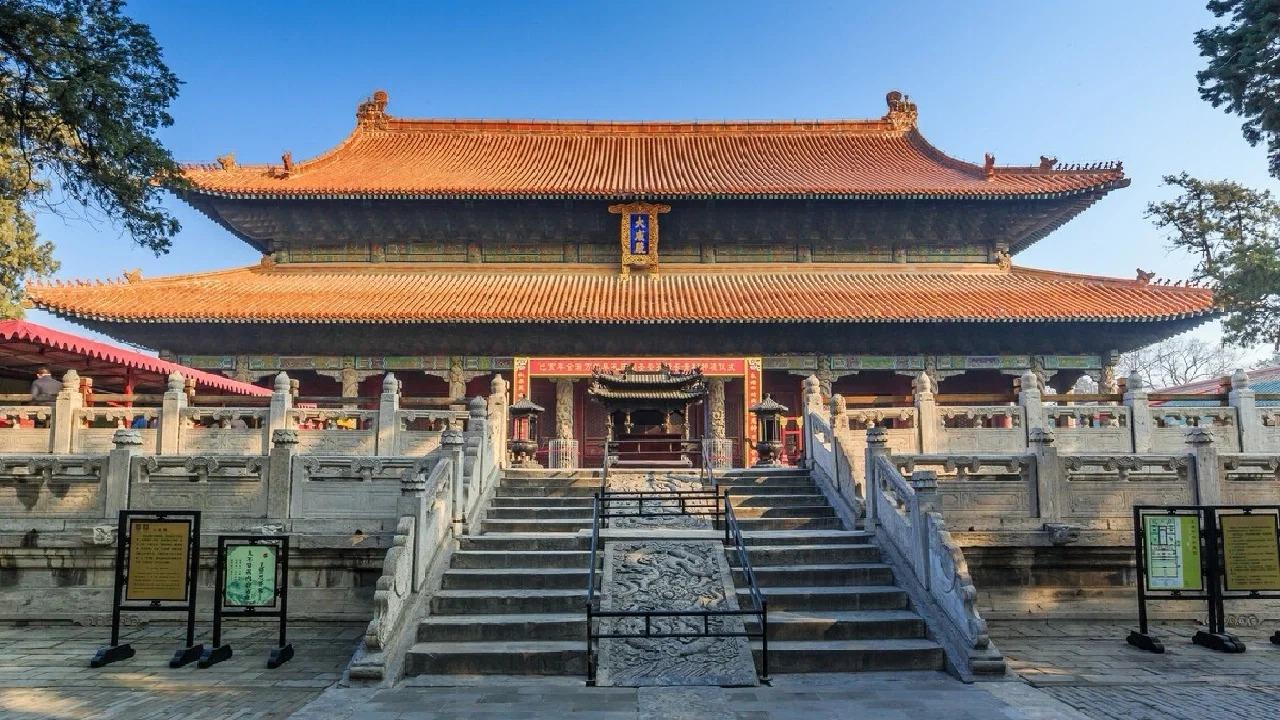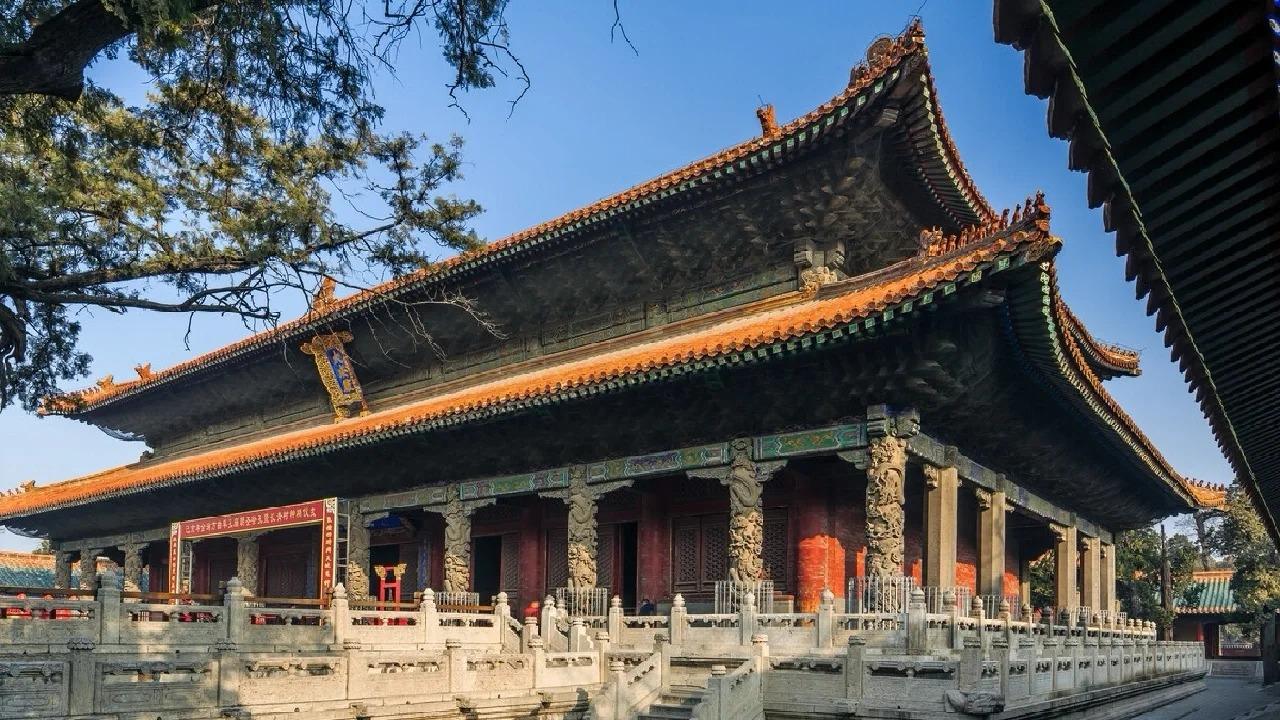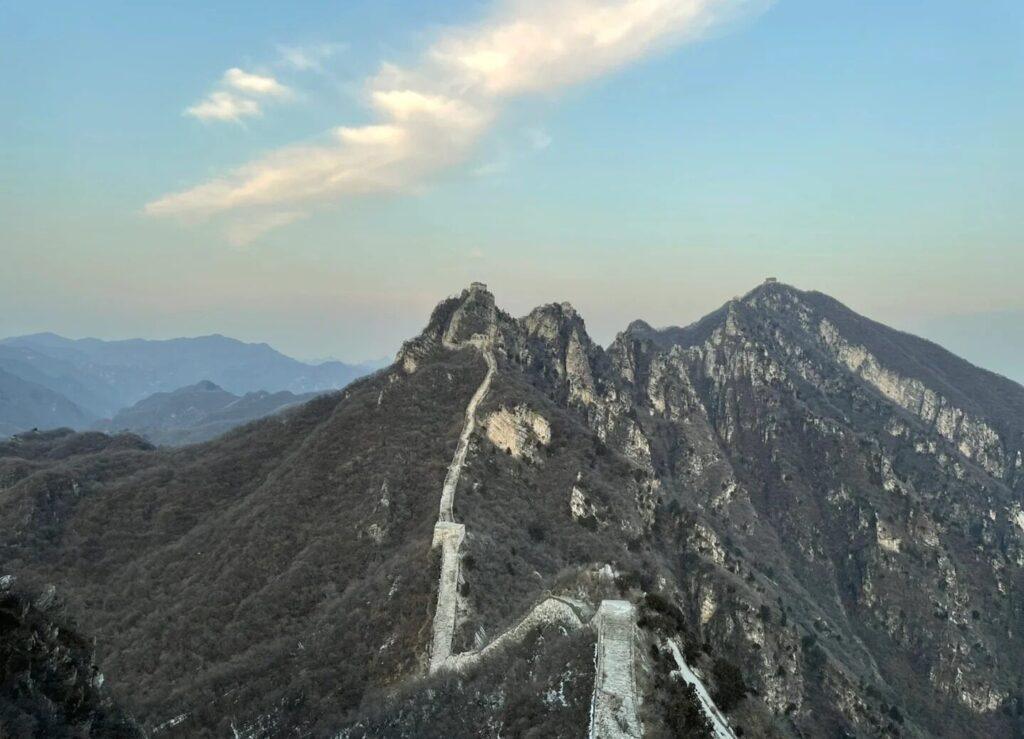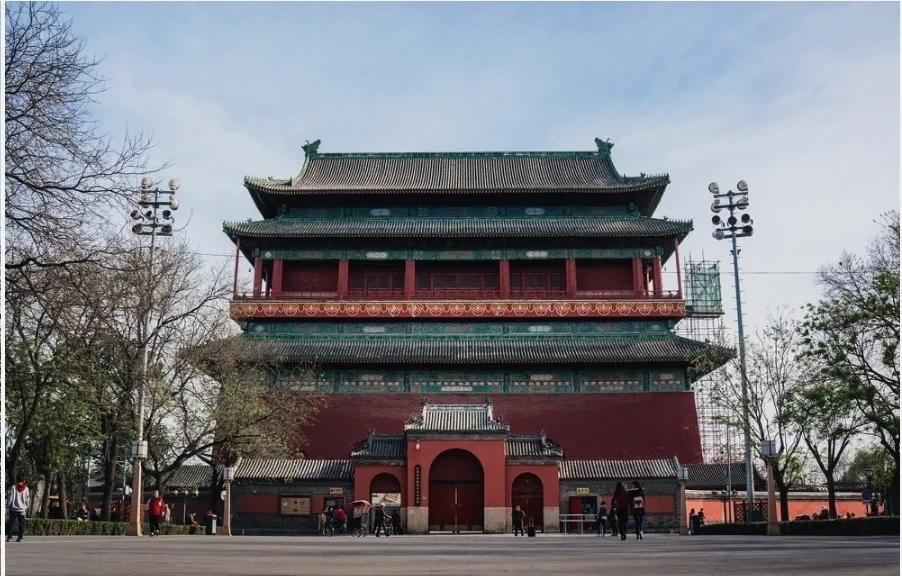Visiting Information
| Information | Details |
|---|---|
| Chinese Name | 孔庙 (Kǒng Miào) |
| Location and Address | 2 Guozijian Street, Dongcheng District, Beijing, China |
| Opening Time/Hours | 8:30 AM – 5:00 PM (April to October) 8:30 AM – 4:30 PM (November to March) |
| Entrance Fee | CNY 30 (includes entry to the Imperial Academy) |
| How to Get There | By Metro: Line 2 or Line 5 to Yonghegong Station, Exit C By Bus: Take Bus 13, 116, 684, or 685 to Guozijian Station By Taxi: Tell the driver “Kǒng Miào” or show the Chinese characters 孔庙 |
| Best Time for Visit | Spring (March to May) or Autumn (September to November) |
| Contact Info | +86 10 8402 7224 |
Overview
The Confucius Temple in Beijing, also known as the Imperial College, is the second-largest Confucian Temple in China, after the one in Confucius’ hometown of Qufu. Built in 1302 during the Yuan Dynasty, it served as the imperial examination site for the highest scholars and a place to pay homage to Confucius, China’s most influential philosopher and teacher. The temple complex covers an area of 22,000 square meters and is a significant cultural and historical landmark in Beijing.
Historical Background
The Beijing Confucius Temple was initially constructed in 1302 during the Yuan Dynasty and underwent several expansions and renovations during the Ming and Qing dynasties. It served as the national center of Confucian study and the site for the highest level of imperial examinations. The temple complex also includes the Imperial Academy (Guozijian), which was the highest educational institution in imperial China. Together, these sites played a crucial role in China’s educational and civil service systems for centuries.
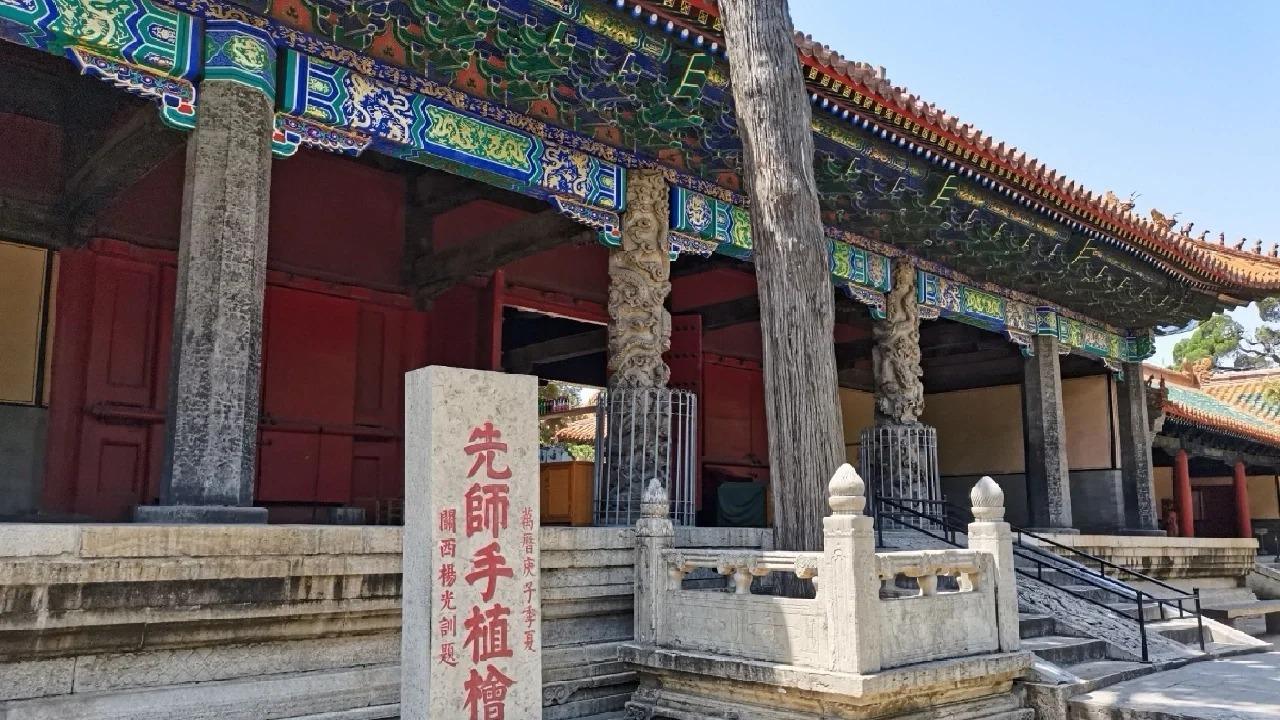
Architectural Features
- Dacheng Hall (Hall of Great Achievements): This is the main hall of the temple, dedicated to Confucius. It houses a statue of Confucius and tablets of his most accomplished students. The hall is notable for its yellow glazed tile roof, a color usually reserved for imperial buildings, symbolizing the high regard for Confucian teachings.
- Chongsheng Shrine: This building honors Confucius’ ancestors and is unique to the Beijing temple. It reflects the importance of ancestor worship in Confucian philosophy and Chinese culture.
- Stele Pavilions: The temple grounds feature 198 stone steles inscribed with the names of scholars who passed the highest imperial examinations. These steles provide a tangible record of China’s intellectual history.
- Ancient Cypresses: The temple complex is home to several ancient cypress trees, some of which are believed to be over 700 years old. These trees are not only aesthetically pleasing but also carry historical significance.
Cultural Importance
The Confucius Temple in Beijing holds immense cultural importance as a symbol of China’s rich scholarly tradition and the enduring influence of Confucian philosophy. It represents the historical emphasis on education and moral cultivation in Chinese society. The temple served as a center for state rituals honoring Confucius and played a crucial role in the imperial examination system, which was the primary means of selecting government officials for over a millennium. Today, it continues to be a place of pilgrimage for scholars and a site for cultural events promoting traditional Chinese values and learning.
Surrounding Attractions
- Imperial Academy (Guozijian): Located adjacent to the Confucius Temple, the Imperial Academy was the highest educational institution in imperial China. Visitors can explore the ancient classrooms, libraries, and ceremonial halls where China’s elite scholars once studied.
- Lama Temple (Yonghegong): Just a short walk from the Confucius Temple, the Lama Temple is the largest and most important Tibetan Buddhist temple outside Tibet. Its unique blend of Han Chinese and Tibetan architectural styles offers a striking contrast to the Confucian complex.
- Hutongs of Dongcheng District: The surrounding area is filled with traditional Beijing hutongs (narrow alleys). Visitors can explore these historic neighborhoods, offering a glimpse into old Beijing life and architecture.
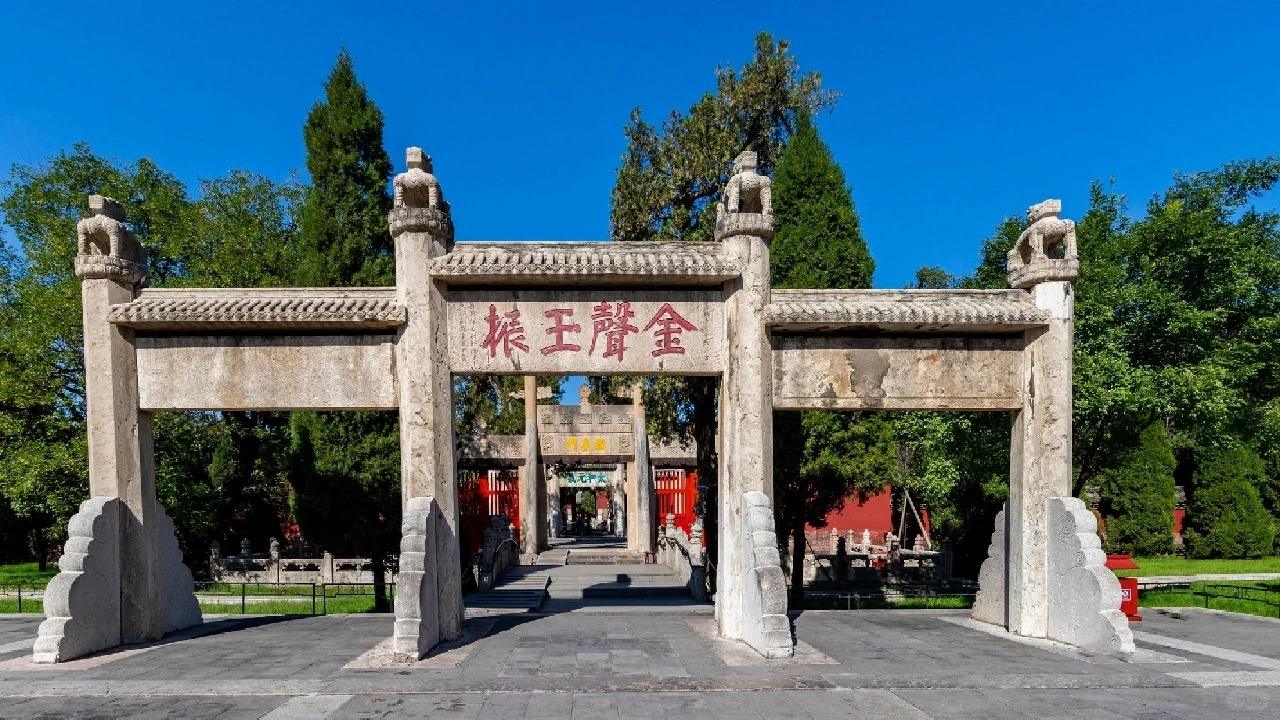
Photography Opportunities
- Dacheng Gate: The main entrance to the temple complex provides an excellent opportunity for capturing traditional Chinese architecture. The intricate roof details and stone guardian lions make for striking photographs.
- Stone Stele Pavilions: The rows of stone steles create interesting patterns and perspectives for photography. The interplay of light and shadow among the steles can result in dramatic images.
- Ancient Cypresses: These gnarled, centuries-old trees offer unique opportunities for nature photography within the historical setting. Their twisted trunks and branches create interesting shapes and textures.
Modern Importance
- Cultural Heritage Preservation: The Confucius Temple serves as a prime example of China’s efforts to preserve its cultural heritage. Ongoing restoration and conservation work at the site provides valuable insights into historical preservation techniques.
- Educational Resource: The temple complex continues to play an educational role, offering visitors, especially students, a tangible connection to China’s intellectual history and Confucian philosophy.
- Cultural Tourism: As a major tourist attraction in Beijing, the Confucius Temple contributes to the city’s cultural tourism industry, helping to showcase China’s rich historical and philosophical traditions to both domestic and international visitors.
- Venue for Cultural Events: The temple grounds are occasionally used for cultural events and ceremonies, particularly those related to traditional Chinese culture and education, helping to keep these traditions alive in modern China.
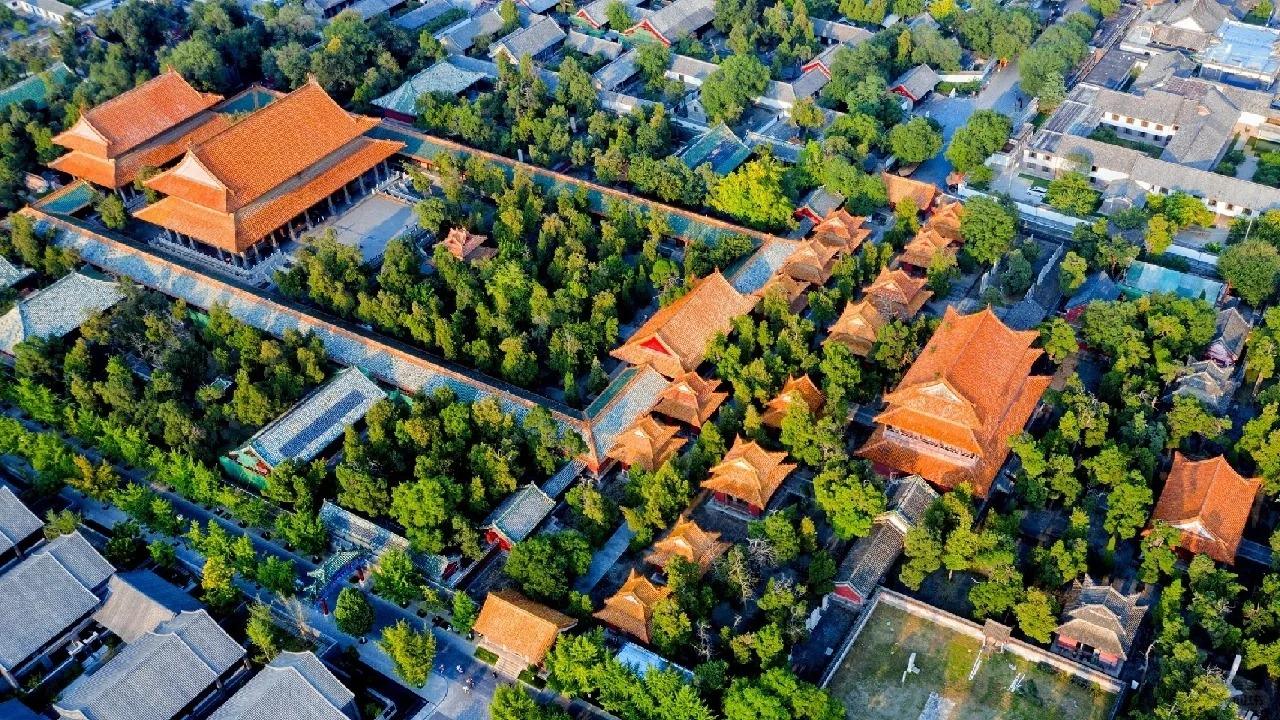
FAQ
- What is the Confucius Temple famous for?
The Confucius Temple in Beijing is famous for being the second-largest Confucian Temple in China and for its historical role as the imperial examination site for the highest scholars. It’s renowned for its well-preserved traditional Chinese architecture and its significance in China’s educational history. - What’s inside the Confucius Temple?
Inside the Confucius Temple, visitors can see the Dacheng Hall (main hall dedicated to Confucius), the Chongsheng Shrine (honoring Confucius’ ancestors), 198 stone steles inscribed with names of imperial scholars, ancient cypress trees, and various historical artifacts related to Confucianism and China’s imperial examination system. - Is the Confucius Temple free?
No, the Confucius Temple is not free. There is an entrance fee of CNY 30, which includes entry to both the Confucius Temple and the adjacent Imperial Academy (Guozijian). - Is the Confucius Temple worth visiting?
Yes, the Confucius Temple is worth visiting, especially for those interested in Chinese history, culture, and philosophy. It offers a unique glimpse into China’s educational past and the enduring influence of Confucianism, all set within a beautifully preserved historical complex. - What to do in the Confucius Temple?
At the Confucius Temple, you can explore the various halls and shrines, admire the ancient architecture, view the stone steles of imperial scholars, see the ancient cypress trees, learn about Confucius and his philosophy, and visit the adjacent Imperial Academy. Many visitors also enjoy the peaceful atmosphere for reflection or photography. - How do I get to the Confucius Temple in the local city?
To get to the Confucius Temple in Beijing, you can take Metro Line 2 or Line 5 to Yonghegong Station and use Exit C. Alternatively, you can take Bus 13, 116, 684, or 685 to Guozijian Station. The temple is also easily accessible by taxi; just tell the driver “Kǒng Miào” or show the Chinese characters 孔庙. - How to visit the Confucius Temple?
To visit the Confucius Temple, plan to spend about 1-2 hours exploring the complex. Purchase tickets at the entrance. It’s advisable to wear comfortable shoes as there’s quite a bit of walking involved. Consider hiring a guide or using an audio guide to get a deeper understanding of the site’s history and significance. Start with the main Dacheng Hall and then explore the other buildings and grounds. Remember to be respectful, as this is a site of historical and cultural importance. Photography is allowed in most areas, but be mindful of any restrictions. The best times to visit are in the morning to avoid crowds, and in spring or autumn for pleasant weather.


